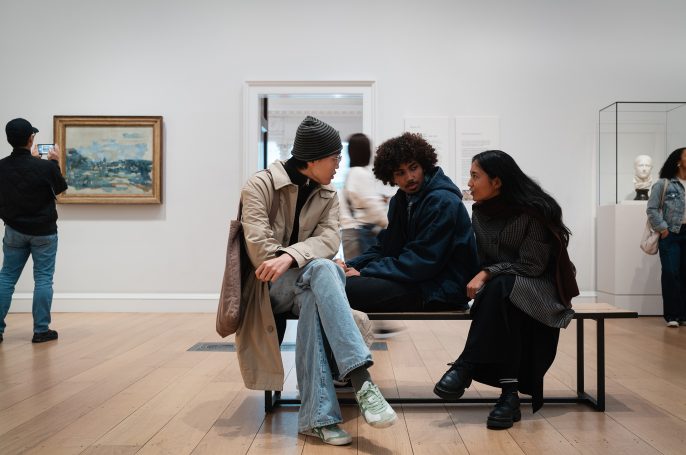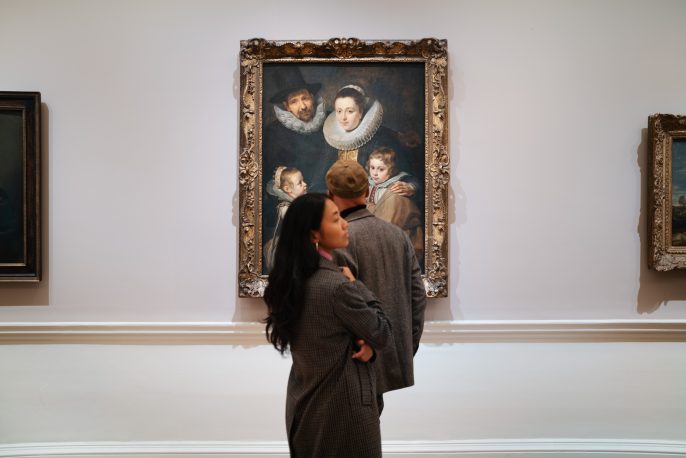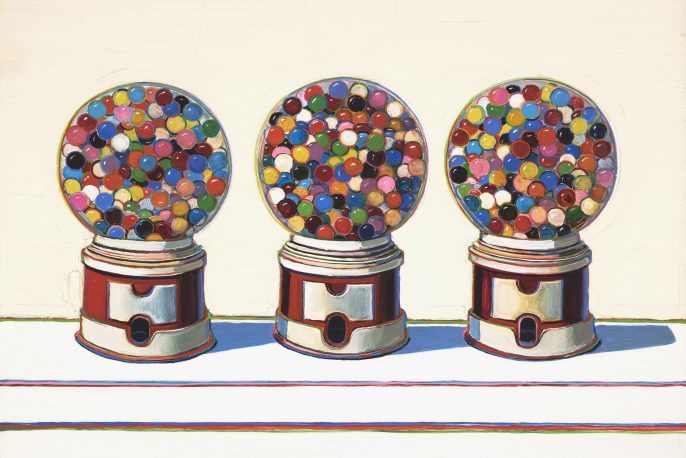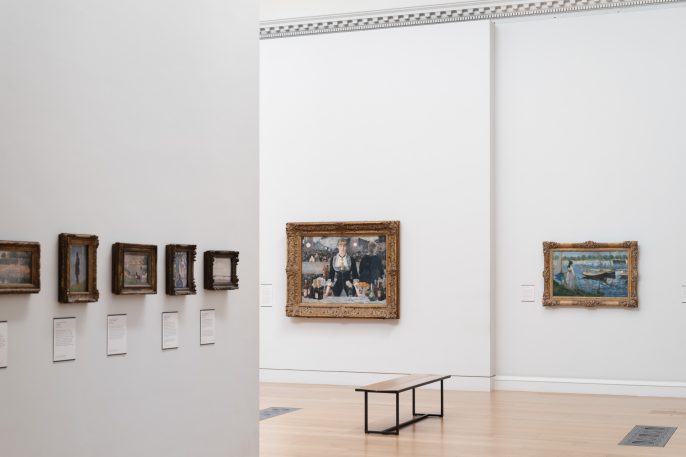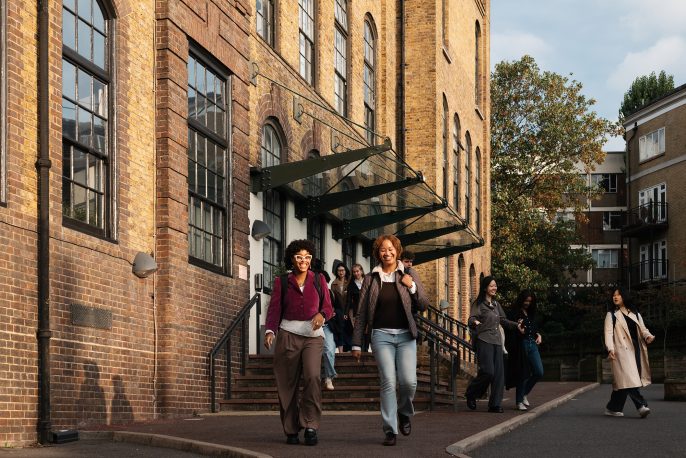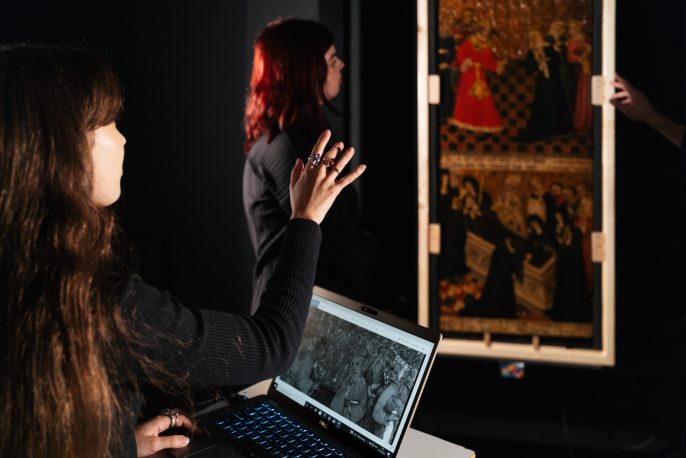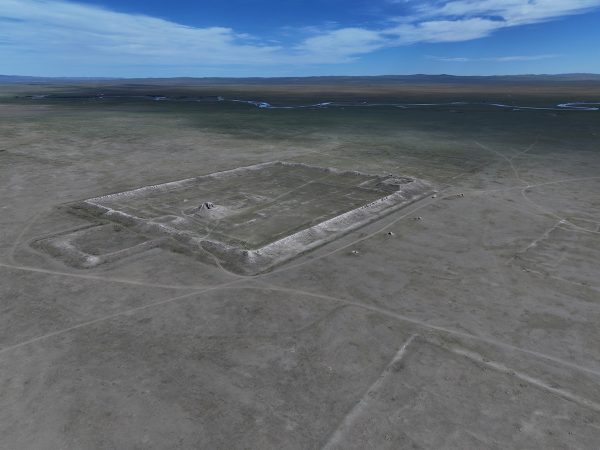When I first touched the rammed-earth walls of Ordu Baliq, I felt as though I was physically connecting with the architectural heartbeat of the Mongol world. The coarse texture, still holding centuries of sun and dust, carried silent stories of empire and craft. Watching the ancient urban layouts unfold from the drone’s bird’s-eye view was equally unforgettable, a revelation of order and geometry across the steppe.
What struck me most was how this tactile and aerial encounter reshaped my view of Mongol architecture in Iran. The mud bricks and rammed-earth walls echoed the forgotten structures of Rabʿ-i Rashidi in Tabriz — perhaps the only surviving expression of Mongol royal architecture in Northwest Iran. This journey has inspired me to explore these architectural parallels more deeply, tracing how the Mongol vision of city-making extended from the steppes of Central Asia to the heart of Iran.
